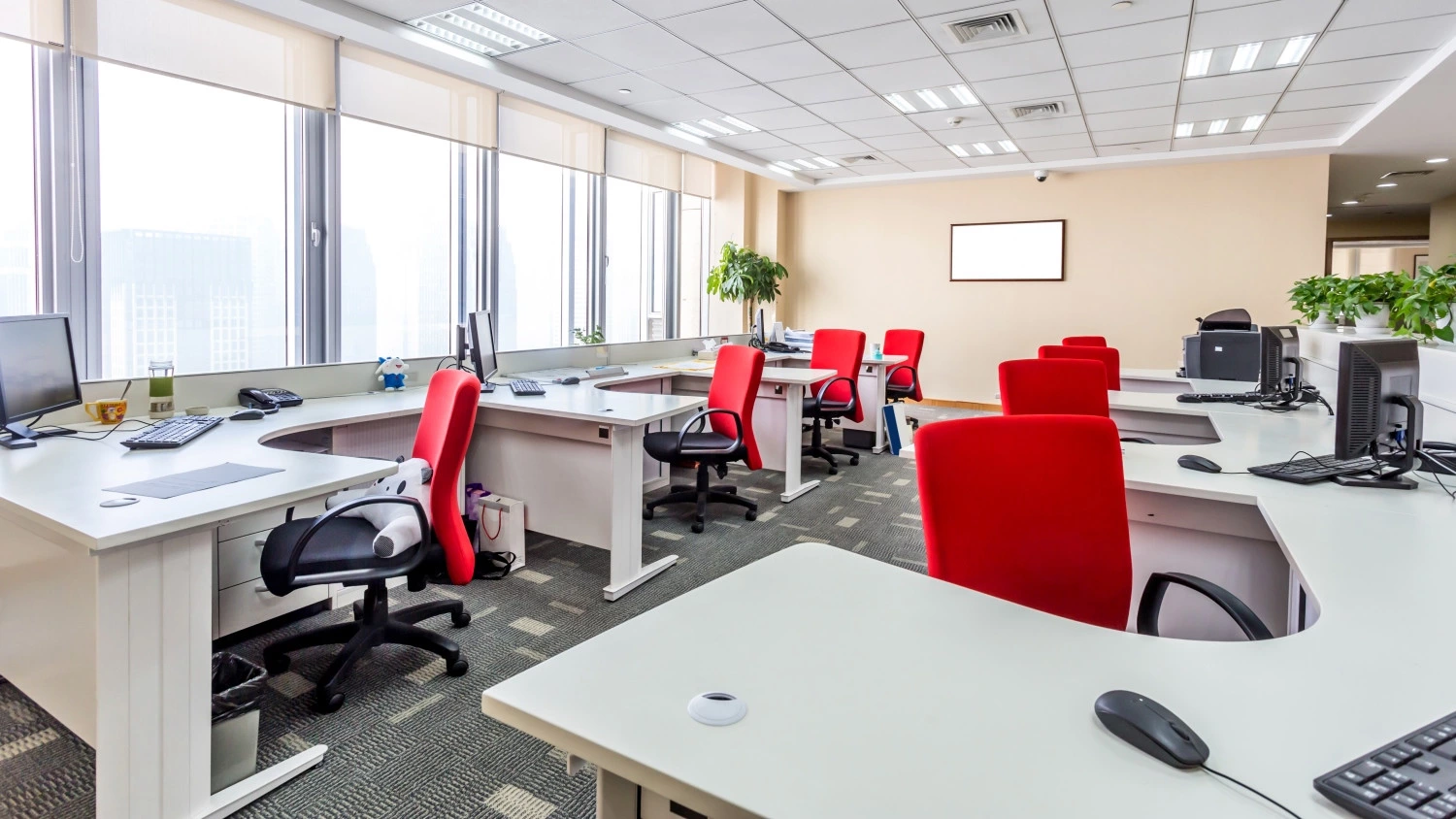
Colliers introduced its latest research report about the post-COVID workplace as a continuation of its research after the report it produced a year ago leveraging data from over 5,000 respondents globally, evaluating the dramatic impact of the COVID-19 lockdown on the way we work.
This time, more than 4,000 professionals globally have used Colliers’ free online tool Workplace Expert during the pandemic to identify what workplace suits their business best in the future.
Colliers asked them about their business characteristics, goals, brand and future work locations.
This report focused on the way organisations strategised, resized and rebalanced their offices to suit the needs of the post-COVID world.
Sectors and countries in comparison:
- Public and Transport & Logistics sectors strategized their future workplace requirements based on the highest presence in the office (>68%), while companies in Retail, Professional Services, Energy & Utilities and Automotive sectors had the lowest numbers in required presence in the office (>50%)
- The Czech Republic showed the highest intention of post-Covid working from home in Europe (49%)
- The UK and Germany stand out due to the relatively high intention of working from client and partner locations (23% and 20% respectively)
Colliers sees 3 different types of strategic workplace approaches:
- Plan and adapt before people start returning to the office
- Pilot, experiment and adapt
- Wait, evaluate and learn
Colliers sees 3 different types of approaches in managing office occupancy:
- Individual decision – when organisations leave the decision as to when to work remotely entirely up to the individual
- Team decision – decision left up to teams to coordinate across themselves
- Organisation decision – more prescriptive model creating clear schedules
Colliers sees emerging themes in workplace transformation
- Increased use of booking apps with occupancy analytics platforms to map occupancy levels and get insights into live availabilities of spaces
- In the future, predictive and dynamic analytics will be likely added by suggesting workstations or spaces based on previous work patterns
- Increased inclusion of remote meeting participants in mixed presence meetings to eliminate potential imbalance in collaboration; organisations are exploring more options here eg multiple cameras or digital whiteboards
- Less space per headcount, more space per work point – most companies in transformation are reducing the number of workstations on average by 20-40% but increasing the amount of space per workstation to allow for a less dense environment
- Increase in enclosed and semi-enclosed spaces to facilitate virtual and hybrid meetings
- Spaces are becoming more collaborative; even though offices are still spaces for a blend of individual and team activities; post-COVID workplace shows an allocation of 20-40% for individual settings and 60-80% for a collaborative setting
- Flexible allocation of team home bases for teams and clusters of teams that can move around
Colliers has developed a ‘Hybrid Working Analytics’ methodology to measure the experiences and collect best practices when people start returning to the office. Based on the organisation’s context and needs different research packages are offered and include activities such as surveys, occupancy tracking, activity measurements, retrospectives and more.



